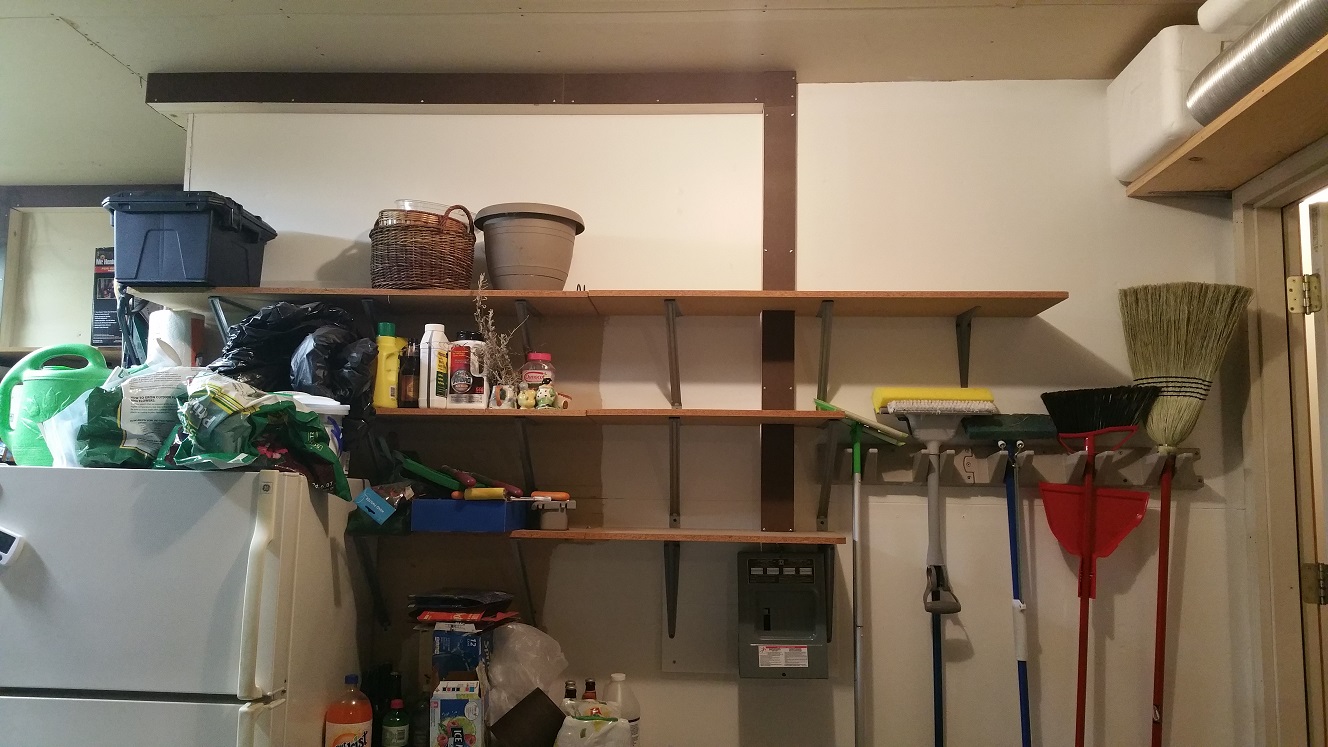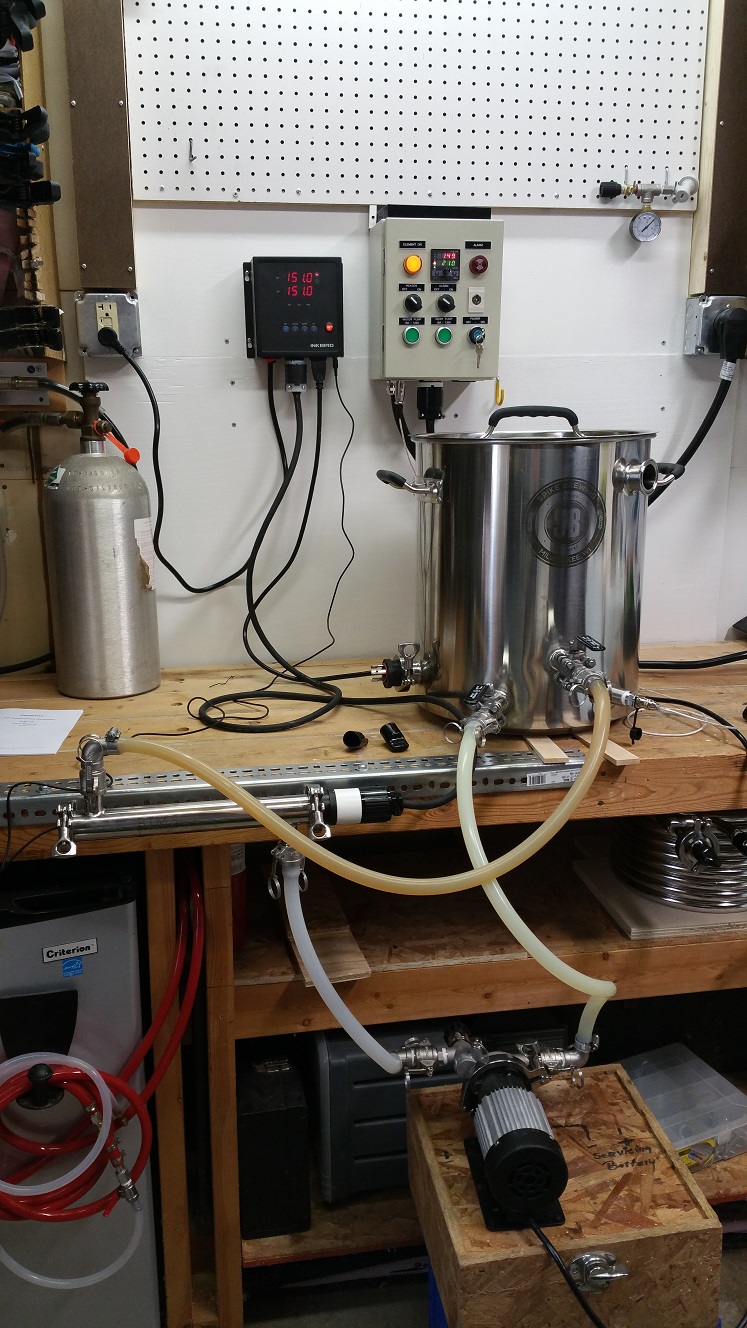I just installed 240v into my garage to support my electric brewing.
Some of the above are exactly the issues I faced. Here's what I did, might give you some ideas.
1. Main breaker panel is in the basement, and it was FULL. I just doubled up a couple of minor circuits to free up the two spaces I needed to install a 50-amp breaker. You can also do double-breakers (two circuits and breakers in the space where a normal single goes), but I didn't; for my Square-D panel they're expensive.
2. I then ran 6-gauge wire from that box up to the joists in the basement, drilled holes through the joists, and then out through the rim joist into the garage.
3. I installed sub panel from which I could wire the rest of the garage; one 30-amp circuit for the brewing panel I'm using, and a couple 20-amp circuits for other uses like the chiller and the RIMS controller/element.
The beauty of the sub panel is I can add circuits as I need to--in fact, could even wire in a separate circuit to charge an electric vehicle should I ever get one of those.
To get the wiring over to where I needed it, I constructed some wiring chases. They're surface-mounted so no issues of going through the walls.
*******
Maybe some of this gives you an idea. Do you have a basement or a crawl space below the floor? Maybe you can go down and over instead of up and over.
And think about surface conduit as a way to dress it up. If you're trying to get through a wall, that's a way to make it look nice on both sides. And frankly, if you're coming from a laundry room to a brewing space, nobody's going to be looking at how you went through the wall.

I've attached a couple pics showing what I did. I added a 30-amp GFCI breaker, which almost was a deal-breaker: it cost me $103. But I needed something, and didn't quite understand how to make a spa panel work (plus I wanted a code-compliant 4-wire solution, wasn't sure how to do that w/ the spa panel).
The surface conduit--which was simply some 1x4 and 1x3 boards as well as some hardboard--runs up to the ceiling from the sub panel, and then over to where I drop that down to where I wanted the receptacles.
In the pic with the sub panel, I haven't run the main supply wire up from below, but after getting the other conduit in place, I ran the wire up from the rim joist from below and used surface conduit for that too.
And one more thing: If you want to be sure you meet code, you're going to need an inspector or electrician to help you. Local codes, as noted above, can vary, so advice here may be moot. A friend of mine, who's also a brewer, is an electrician. He helped me plan this out, and I did most of the work. He, however, made the connections in the main breaker panel, and at the sub panel.




